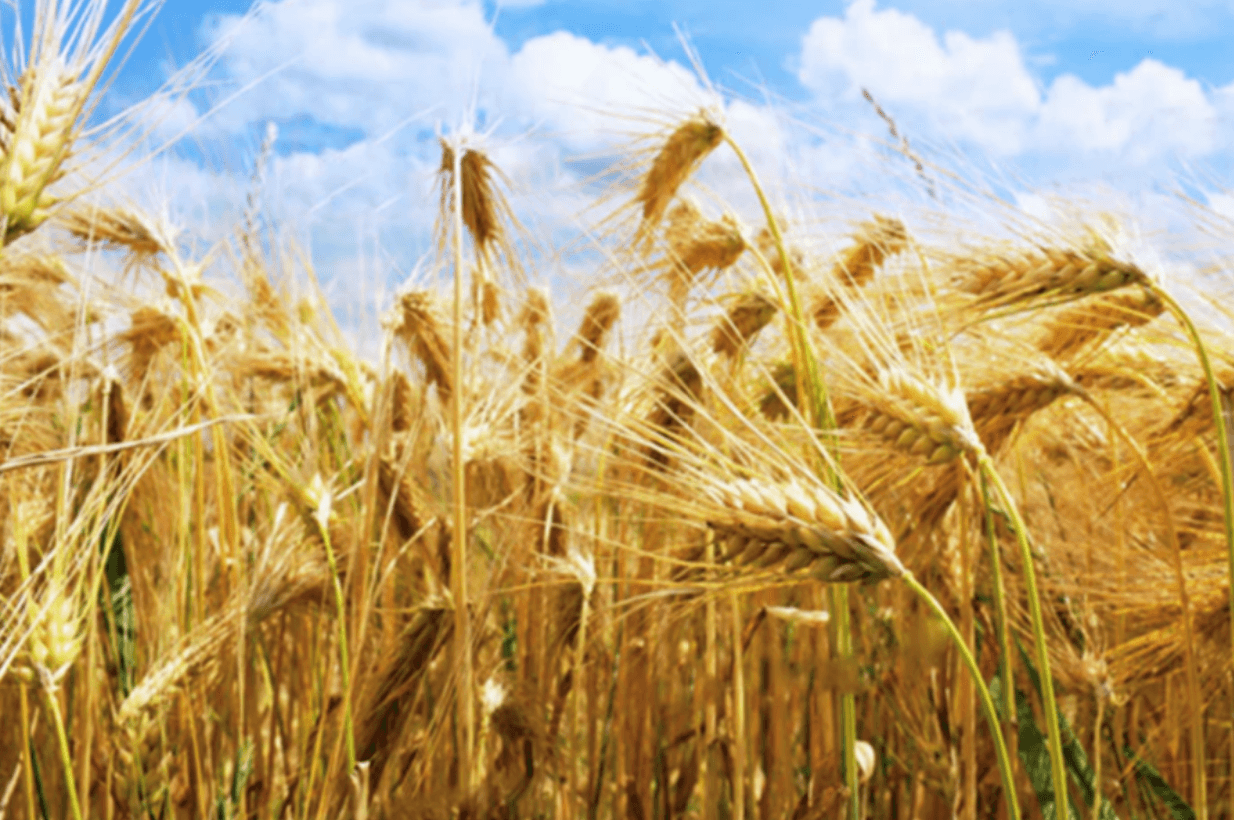As a life-long lover of single malt whisky, I find myself in an unexpected situation. You see while my appreciation for malt has not diminished, there is another style that has recently won my attention and in turn, my heart. It’s a style that I’ve largely ignored over the years but now find myself gravitating toward more and more. That style is single grain Scotch whisky. What is single grain whisky and why does it deserve your attention? Let’s have a look…
Historically, the majority of grain whisky distilled in Scotland has been produced for one purpose: to serve as the backbone of blended Scotch whisky. With the vast majority of the spirit going into blends, the opportunities to experience the whisky as a stand-alone spirit have been few and far between. Recently, however, all of that is beginning to change. The style of grain whisky known as “single grain whisky” is beginning to earn attention from whisky lovers around the world. As time has progressed and stocks of grain whisky continue to age well into two or three decades, single grain whisky – especially in single cask form - has evolved to a point where it is now embraced alongside malt whisky as a fantastic stand-alone spirit.
1.) The Grain
One primary difference between malt whisky and grain whisky is, you guessed it, the type of grain the distillery is using to produce the spirit. While malt whisky must be made from 100% malted barley, grain whisky is often made from a variety of grains that include malted barley, corn and wheat. Grain distillers have a major advantage in that they can experiment with an endless variety of mash bills (recipes), yielding a wider variety of flavours that malt could never achieve on its own.
2.) The Stills
Another primary difference between malt whisky and grain whisky is the type of still used to produce it. By definition, single malt Scotch whisky must be distilled in a pot still, which are almost always if not always made of copper. Pot stills function as a large kettle, producing spirit on a batch-to-batch basis. Single grain whisky, on the other hand, is often distilled using column stills. Column stills, shaped just as they are named, run continuously and in some instances, can yield a spirit at a strength of 95% ABV!
3.) The Flavour
Considering the fundamental differences in the way single malt and single grain whisky is produced, what are the primary differences in flavour? If we just focus on the spirit itself, setting aside all other factors such as the cask and the use of peat in the malting process, my experience has been the following: the single grain spirit tends to be more tropical, evoking notes of dried coconut, mango and papaya with robust barnyard notes such as cereal grains, fresh grass and mineral water. Considering it’s distilled and matured at a higher strength, the boost in ABV yields a spirit that is more vibrant and intense than the average single malt.
4.) The X Factor
In addition to the fundamental differences in production and flavour, there is another key advantage to single grain whisky that may be more relevant for the average whisky enthusiast: flexibility. While single malt Scotch whisky is produced under relatively strict limitation (must be 100% malted barley, must be distilled in a pot still), the general approach to making single grain whisky is relatively lax. Lesser restrictions tend to result in more experimentation, which for me keeps the passion for whisky alive!
An example: Cask G15.11 Worlds collide. This 13-year-old single grain whisky was distilled in a continuous column still just like all other grain whiskies but it was made from 100% malted barley, just like a single malt! On paper, it seems like a hybrid, produce by distilling the mash bill of a single malt with the stills of a single grain. Technically, however, it meets the definition of a single grain whisky and it’s nothing short of a blast to explore. It’s a wild and complex spirit with a spectacular balance between heat with tranquility. In a word, it is many things in one and I love the bright, tropical notes of guava, passionfruit and a hint of banana above the traditional undertones of vanilla and toasted caramel.
Slàinte mhath,

Ben Diedrich



